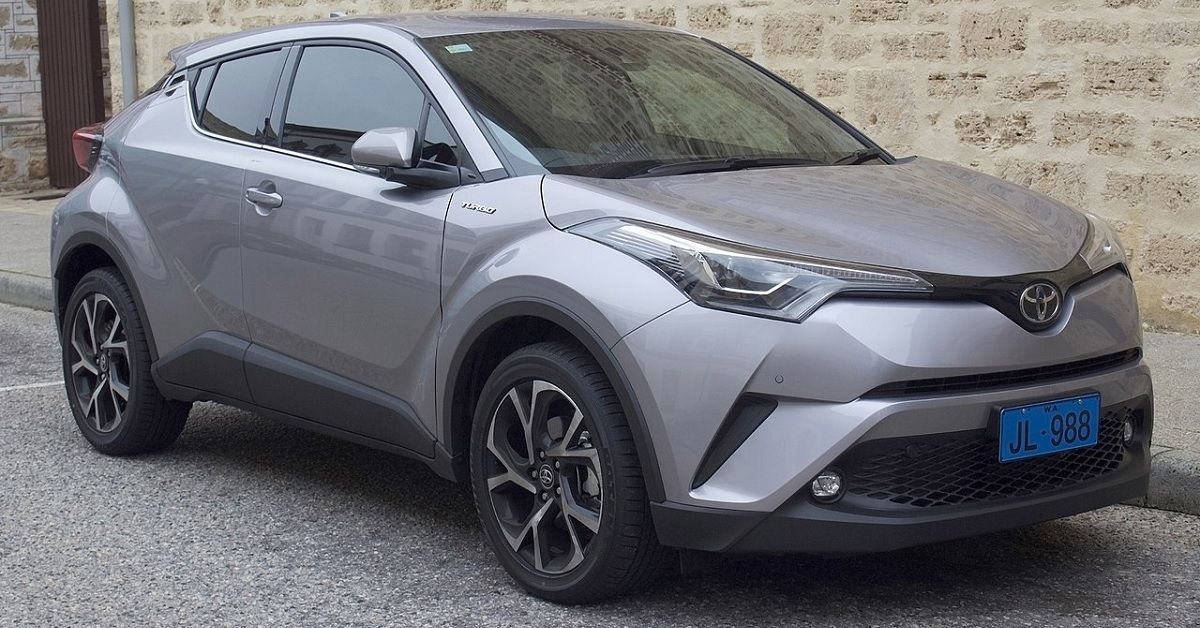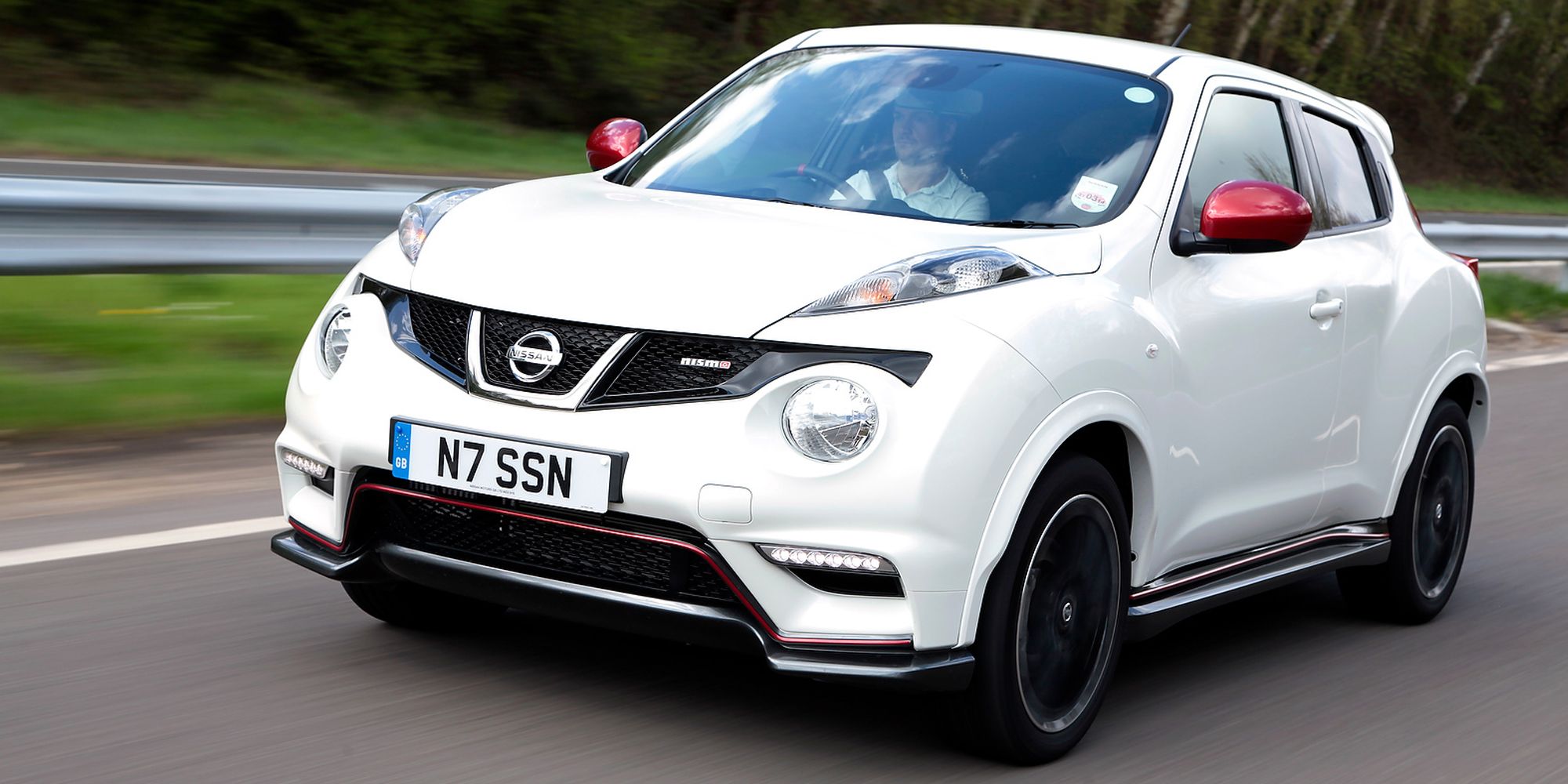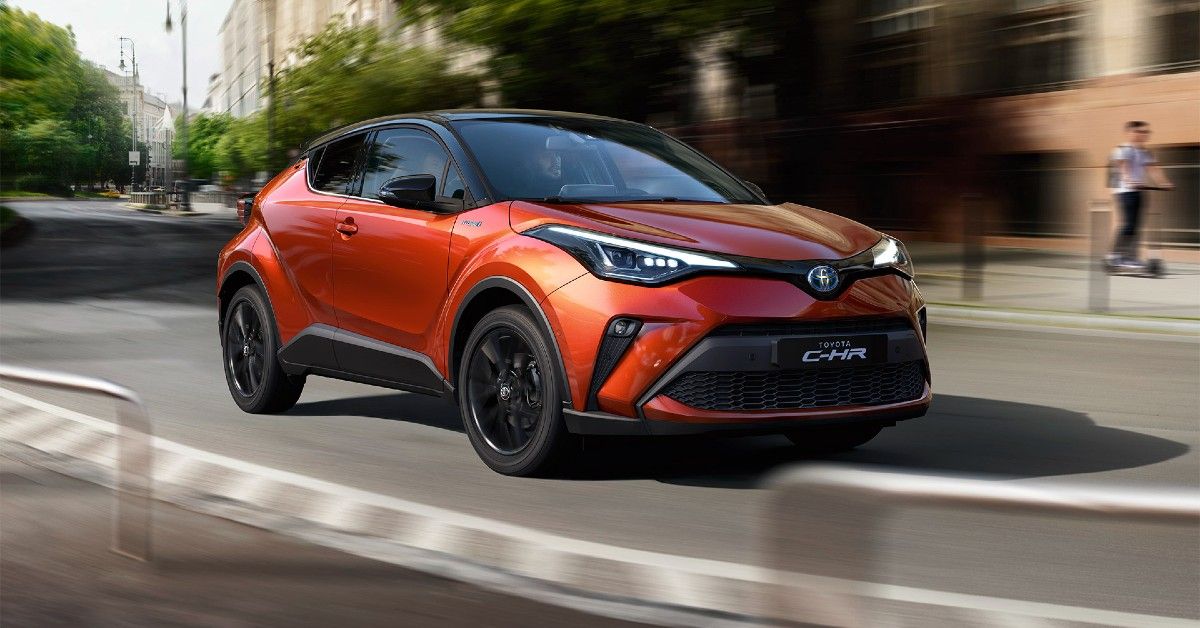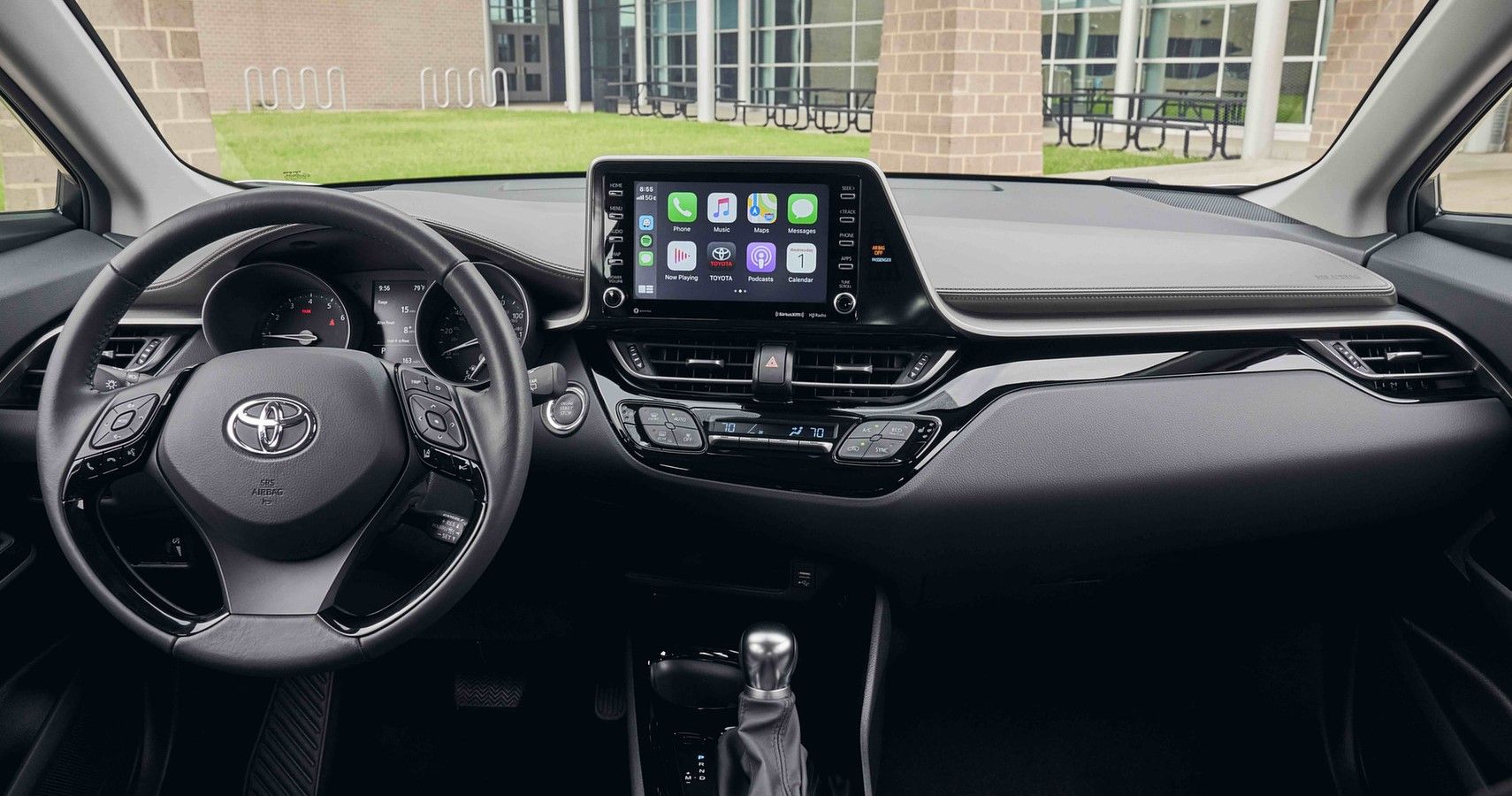Sales of hatchbacks and saloons had been declining from 2010 onwards. As much as enthusiasts like to complain about the increase of SUVs and crossovers on the roads, the general public has seen the benefits to cars like the Kia Sportage and Nissan Juke for long enough that other brands had to change their tactics to maintain their market share.
The Prius had long been Toyota's flagship hybrid vehicle, as an affordable, reliable vehicle used as a family car, run around, status symbol, and taxi, but with sales slumping, Toyota had to reapply their industry-leading hybrid technology to other sectors. This is where the C-HR entered. Otherwise, it is known as the Compact High Rider. Development began in 2013, with the car coming to market for the 2018 model year in late 2017.
Sharing parts with the Corolla and Lexus UX, the C-HR is a compact crossover with the added benefits of a hybrid drivetrain, but the extra technology means that new, the C-HR can be more expensive than its rivals like the Juke, but as used, they become more alluring.
The 2017 Toyota C-HR's Exterior
Beginning with an exterior design seems to make the most sense. The Lexus UX has a dramatic-looking exterior, as is to be expected from Toyota's luxury brand. Taking a brief look at Nissan's notes, Toyota has opted for an eye-catching design that shares similar proportions to the Nissan Juke. With a large front cabin and smaller rear, the C-HR is comfortable to drive, but in terms of boot space and the rear legroom, it suffers. However, this does mean that reversing and parking the crossover is easier than more traditionally sized SUVs.
The boot has a capacity of 377 liters which is in line with other compact cars; the Fiesta only has 292 liters, so the C-HR is more capable than one of the best-selling hatchbacks in this department. When designing the C-HR, Toyota gave the car a slopping rear boot. Combined with a rear spoiler, the C-HR looks as sporting as the other eye-catching crossovers on the market like the Ford Puma ST.
This sporting presence is exaggerated by the hidden rear doors; without traditional door handles the C-HR almost looks like 2 door coupe on stilts. Toyota Racing Development has a plethora of aftermarket parts available for the crossover. These parts come under two categories, Street Monster and Field Monster. The street options look hard and aggressive in the same way as aftermarket Range Rovers do, and the field packages make the car look like a mini Land Cruiser.
This speaks to the diverse nature of the Crossover segment. There is a large aftermarket scene for plenty of these cars, the Juke Nismo springs to mind, many hatchback buyers have moved into these crossovers but still have the ambition for a more exciting experience, and it is there with the C-HR, Toyota Racing development parts are reasonably priced with lowering spring only costing $265.
The 2017 Toyota C-HR Has An Interesting Drivetrain
With an electric motor, the C-HR has a 200 hp motor to call upon for its power. A range of engines are available, and they vary from market to market; the smallest is a 1.2 liter, with the largest being a 2.0-liter inline four-cylinder. Only the larger 1.8 and 2.0-liter engines can come as a hybrid drivetrain. To add a further layer of confusion, the C-HR comes with either a six-speed manual or CVT; again, this option varies depending on the engine that is specified.
The CVT will return mildly better economy figures; these cars are rated 59 mpg. This figure is similar to the most economical cars on the market like the Volkswagen Up!, which is lighter and only has a small 1.0-liter engine. By comparison to these cars, the C-HR is a serious step up in terms of quality, the most economical cars are cheap to run, cheap to buy but also built quite cheaply, the C-HR shares a lot in common with the current Toyota range in terms of its dashboard, center console and infotainment, which by no means is a bad thing, it is reliable and sturdy if a little behind the German manufacturers.
Finding A Used C-HR
As new, the C-HR started in the region of $22,000, with all-wheel drive models starting at $23,000. However, range-topping hybrid models do cost as much as $30,000. For reference, the Juke starts at around $25,000. Cars from the first model year have held their value remarkably well. On Auto Trader, the average car is currently on sale for around $22,500; this model is the larger-engined one with the hybrid drivetrain. With only 38,000 miles on the clock, it hasn't lived a particularly harsh life.
Higher mileage examples can be found for as little as $17,000. Used cars that have had difficult lives are never the wisest choice, but with Toyota's reputation for reliability which is backed up by user reviews, a driver could make a worse purchase. The C-HR's first year was also remarkably successful, both in reliability and sales. Cars from the summer of 2018 did have a recall to fix a potentially loose rear axle, but largely C-HR has been incredibly reliable.




